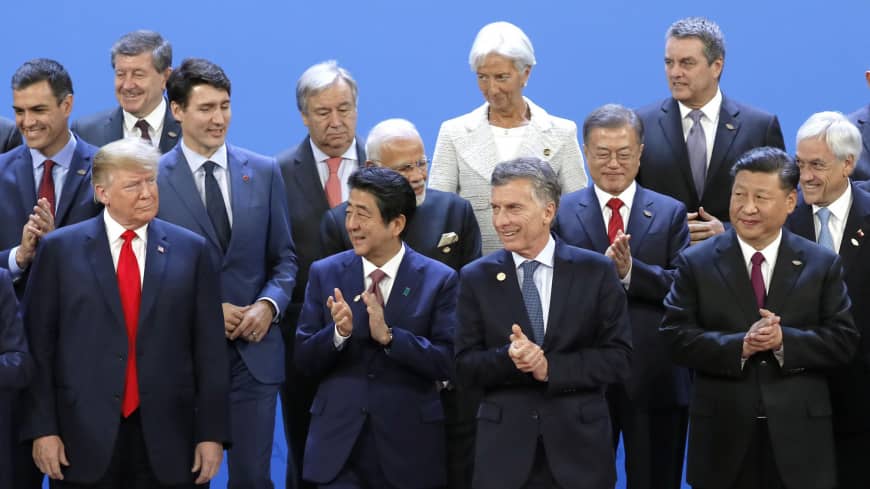Back from The ‘Dead’: With Clear Signs of TTP’s Resurgence, How Pakistan Made A Costly Mistake
The Pakistani army has claimed in 2016 that they had destroyed the Tehreek-e-E-E-Taliban (TTP) militant clothing from their fort, the tribal area managed federally (FATA). In the next five years, the troops were forced to negotiate the settlement of peace with the same clothes.
TTP is considered the biggest and most deadly militant group in Pakistan. It was formed in December 2007 as a umbrella group consisting of 13 Taliban militant factions. The goal stated is to defeat the Pakistani Army, revoke its civilian government and establish the Islamic Caliphate in the country. Clothing wants to apply sharia law, as interpreted by him, first in Pakistan and then in South Asia.
This follows the same regressive pattern from the interpretation of sharia law as did the Afghan Taliban, such as the dominance of men, women as non-entity, imposing religious doctrines without modern education, and choosing the way of violence to advance their goals.
After its formation on December 14, 2007, TTP carried out as many as 12 terror attacks in the same year. In accordance with the dataset available from the South Asian Terrorism Portal (SATP), the following year the clothes carried out 31 terror incidents, selecting civilians, security forces, and public and private investments as targets and years to only see this attack increased multiplied.
Data Wise, 2007 to 2014, before the ‘Zarb-e-AZB Operation’ began, can be seen as the peak year of TTP.
In these seven years, the clothes did at least 1,022 terror incidents, killing 1,848 civilians and 891 security personnel, namely, on average 128 terror incidents per year killed 231 civilians and 111 police personnel.
These attacks are spread across Pakistan with TTP which has its chapters in the four provinces of the country led by local level commanders. The clothes strike included the murder of former Prime Minister Benazir Bhutto on December 27, 2007, in just 2 weeks after its formation, and showed the type of enemy of terror burdens that Pakistan would face in the future.

